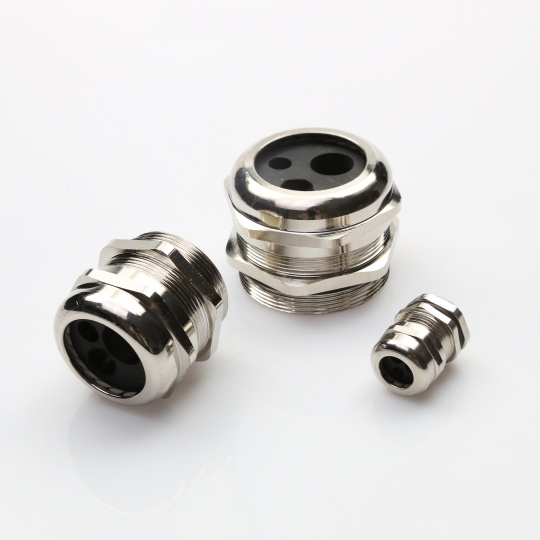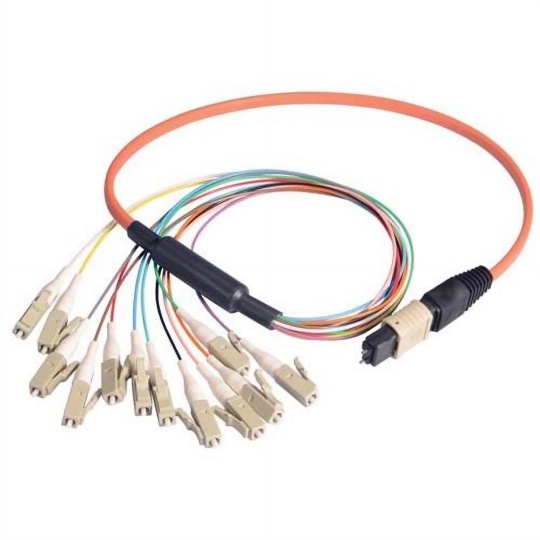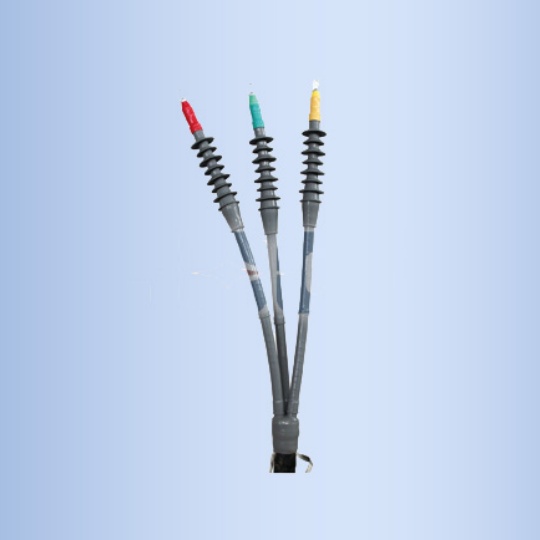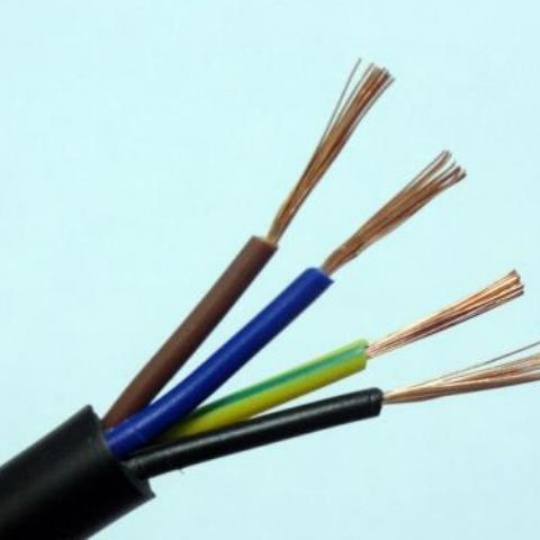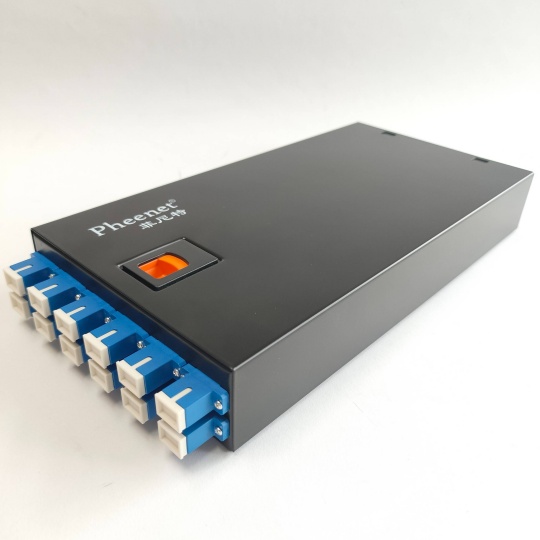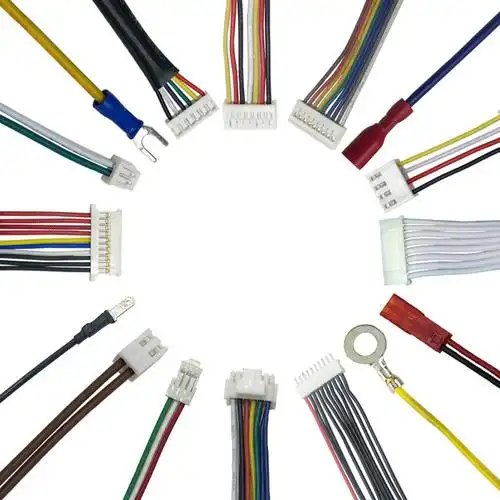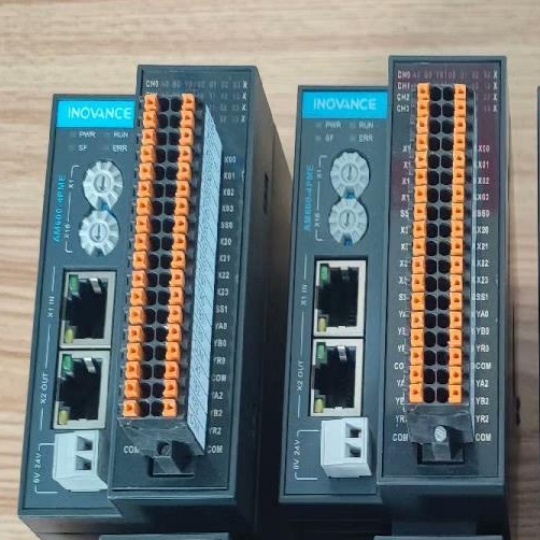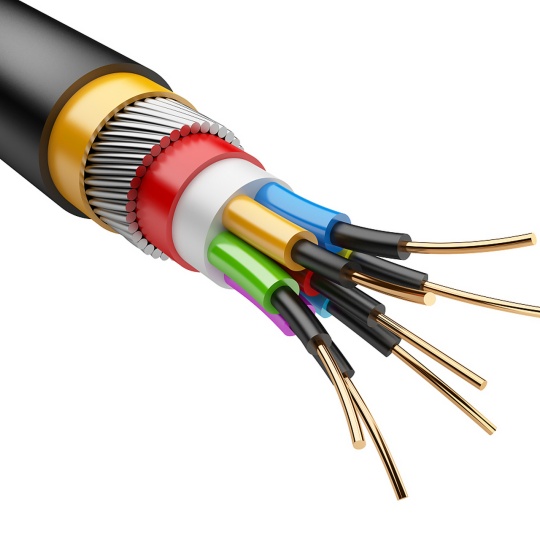Differences Between High-Voltage and Low-Voltage Cables
When it comes to electrical systems, choosing the right cables is critical for safety, efficiency, and performance. High-voltage (HV) and low-voltage (LV) cables serve distinct purposes, and understanding their differences is essential for engineers, contractors, and even DIY enthusiasts. In this article, we’ll break down the key distinctions between high-voltage and low-voltage cables, their applications, construction, and safety considerations to help you make informed decisions.
1. Voltage Ratings: The Primary Distinction
The most obvious difference lies in their voltage capacity, defined by international standards like IEC 60038:
- High-Voltage Cables: Designed to handle voltages above 1,000 volts (1 kV). Common applications include power transmission over long distances (e.g., 11 kV, 33 kV, or 132 kV cables).
- Low-Voltage Cables: Rated for 1,000 volts or below. These are used in residential, commercial, and light industrial settings (e.g., 120V, 240V, or 480V systems).
Why it matters: Using an LV cable for high-voltage applications risks insulation failure, fires, or equipment damage, while HV cables are overkill (and costly) for low-voltage needs.
2. Construction and Materials
The design of HV and LV cables reflects their operational demands:
High-Voltage Cables
- Insulation: Thicker insulation layers made of cross-linked polyethylene (XLPE) or ethylene propylene rubber (EPR) to withstand electrical stress and prevent arcing.
- Shielding: Equipped with conductive layers (semiconducting screens) to evenly distribute electric fields and reduce partial discharges.
- Armoring: Often include steel or aluminum armor for mechanical protection in harsh environments (e.g., underground or submarine installations).
Low-Voltage Cables
- Insulation: Thinner PVC (polyvinyl chloride) or thermoplastic materials suffice due to lower electrical stress.
- Flexibility: Prioritized for easy installation in tight spaces (e.g., building wiring or appliances).
- Jacketing: UV-resistant or flame-retardant coatings may be added based on the environment.
Key takeaway: HV cables are built for durability and electrical stability, while LV cables focus on flexibility and cost-effectiveness.
3. Applications: Where Are They Used?
High-Voltage Cables
- Power Transmission: Transmit electricity from power plants to substations.
- Renewable Energy: Connect wind farms or solar arrays to the grid.
- Industrial: Power heavy machinery, mining equipment, or railway systems.
Low-Voltage Cables
- Residential Wiring: Lighting, sockets, and home appliances.
- Commercial Buildings: HVAC systems, data centers, and office equipment.
- Automotive: Battery cables and onboard electronics.
Pro tip: Always check local regulations (e.g., NEC in the U.S. or IEC standards globally) to ensure compliance with voltage-specific requirements.
4. Safety Considerations
Handling HV and LV cables demands different safety protocols:
- High-Voltage Risks:
- Electric shock hazards: Even brief contact can be fatal.
- Arc flashes: High-energy discharges require specialized PPE (personal protective equipment) and training.
- Installation: Must be performed by certified professionals using insulated tools.
- Low-Voltage Risks:
- Overheating: Poor installation can cause fires due to overcurrent.
- Short circuits: Use circuit breakers or fuses to mitigate risks.
Safety first: Never substitute HV cables for LV systems (or vice versa) without consulting an expert.
5. Cost and Lifespan
- High-Voltage Cables: More expensive due to advanced materials and shielding. However, they have a longer lifespan (30–50 years) when maintained properly.
- Low-Voltage Cables: Affordable and widely available but may need replacement sooner (15–25 years), especially in high-demand environments.
Budget tip: For LV applications, prioritize flame-retardant or moisture-resistant options to extend cable life.
How to Choose Between HV and LV Cables
Ask these questions:
- Voltage requirements: What’s the operating voltage of your system?
- Environment: Will the cable be buried, submerged, or exposed to extreme temperatures?
- Regulatory compliance: Are there industry-specific standards to meet (e.g., oil and gas, marine)?
- Budget: Balance upfront costs with long-term maintenance needs.
FAQs
Q: Can I use a low-voltage cable for high-voltage applications temporarily?
A: No. Insulation breakdown can occur instantly, posing severe safety risks.
Q: How do I identify HV vs. LV cables?
A: Check markings on the cable jacket. HV cables often list voltage ratings (e.g., 11 kV), while LV cables may show AWG sizes (e.g., 12/3).
Q: Are HV cables always thicker than LV cables?
A: Not necessarily. While HV cables have thicker insulation, LV cables with high current ratings (e.g., 500 MCM) may have larger conductors.


